Sale Ends in
Days
Hours
Minutes
Seconds
-
HRTimesheetLearning Management System
In an age where focus and agility characterize the victors, organizations require more than vision—they require usage. The most prominent deficiency in today’s businesses isn’t strategy; it’s alignment, clarity, and quantifiable advance. Objectives and Key Results (OKRs) have ended up a top system to close that gap.
This book is written with one clear objective in mind: to de-mystify OKRs and give a functional, working method for making them work in actual groups, actual businesses, and actual situations. Whether you’re a startup originator, group lead, HR leader, or part of an expanding startup or organization, this book is aiming to direct you through not only what OKRs are, but how to really get them to work in your world.
You’ll get practical directions on how to write effective goals, degree what matters, avoid common pitfalls, and make OKRs a portion of your organizational cadence—not simply a quarterly checklist. We’ve moreover given cases, tools, and tips drawn from real-world adoption in various industries.
Make this your hands-on guide to making a culture in which strategic goals are transparent, teams remain connected, and results trump reports.
""When you set the right goals and pursue them with intensity and transparency, incredible things happen. Great performance comes not from micromanagement, but from clear direction and empowered teams focused on what truly matters.
- John Doerr Tweet

OKRs are Objectives and Key Results. It is a widely utilized framework by high-performing organizations to establish and measure goals at all levels. It was originally developed by Andy Grove at Intel and then followed by firms such as Google, Amazon, and Spotify.
Example:
Objective: Improve customer satisfaction
KR1: Raise NPS from 45 to 65
KR2: Shorten response time from 12 to 4 hours
KR3: Get a 30% response rate on customer surveys
OKRs are established on a quarterly or yearly basis and are transparent throughout the organization to maintain alignment and transparency.

Goal setting traditionally is not very clear, aligned, and held accountable. Here’s why OKRs are needed:
Trusted by Leaders in Every Industry to Optimize HR, Automate Processes, and Maximize Efficiency.
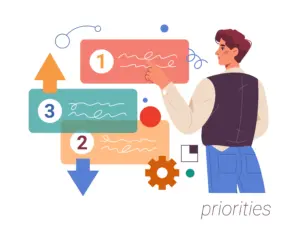
Step 1: Establish Company Goals Senior management establishes high-level goals for the quarter or year. These goals are a representation of the company’s mission and long-term vision.
Step 2: Align Team Goals Departments and teams create OKRs that are in support of the company goals. This creates consistency and focus.
Step 3: Engage Employees Engage employees to participate in setting their own OKRs. This creates buy-in and individual responsibility.
Step 4: Simple Keep to 3–5 key results per goal. Don’t clutter and stick to what really matters.
Step 5: Measure Progress Regularly Utilize OKR tracking software or dashboards to track progress. Have weekly or bi-weekly check-ins to keep OKRs on point.
Step 6: Review and Reflect At the cycle end, review performance. Celebrate wins and dissect what can be done better.







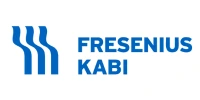


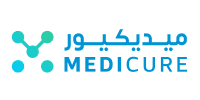
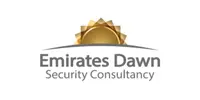


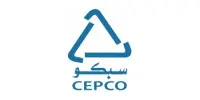
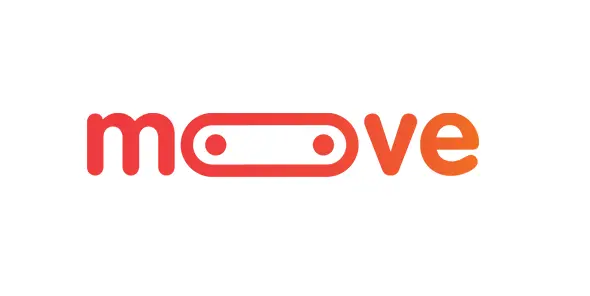
The member states of the Gulf Cooperation Council (GCC) that include Bahrain, Kuwait, Oman, Qatar, Saudi Arabia, and the United Arab Emirates are during a transformative period in their economic development. Although they are endowed with rich oil resources, the area is increasingly pressured to diversify its economies and cut back on hydrocarbon dependence. The transition, however, is multifaceted and full of challenges spanning from labor market inefficiencies to sluggish adoption of innovation.
To address these urgent concerns, Objectives and Key Results (OKRs) have become a strategic tool able to propel directed execution and quantifiable growth. Initially implemented at Intel and then adopted by international behemoths such as Google, OKRs provide a structured, results-based methodology that’s increasingly popular in the Middle East.
For successful OKR deployment in the GCC environment, organizations need to consider the following: